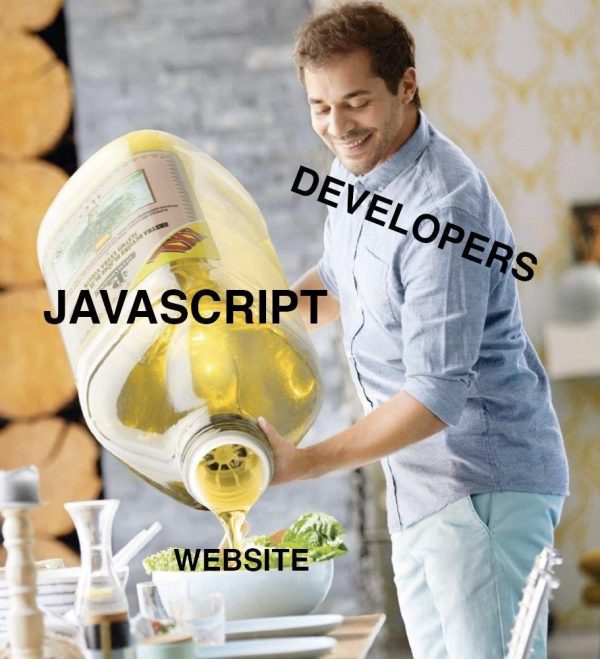
Not pictured: A oil drum-sized barrel of balsamic vinegar labeled “React”, “Vue”, or “Angular”, and a forgotten can of anchovies labeled “jQuery”.
Thanks to Cameron Barrett for the find!
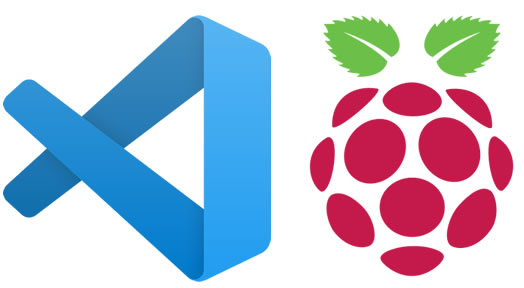
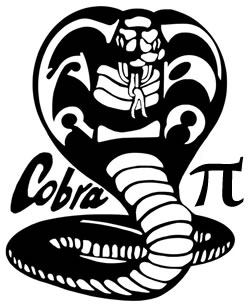
Yes, you can run Visual Studio Code on Raspberry Pi!
You’ve got many options for editing code or other plain text files on your Raspberry Pi. It is, after all, a Linux machine, and you’ve got all the classic command-line editors — vim, emacs, and…
And the windows-and-mouse-based Geany (text editor) and Thonny (beginner-friendly Python IDE) come along with even the bare-bones version of the Raspberry Pi OS setup.
But if you’re like about half the developers who answered the 2019 Stack Overflow survey, your “home” editor is Visual Studio Code. And yes, you can run Visual Studio Code on Raspberry Pi.
If you go to Visual Studio Code’s “downloads” page, you’ll see this:

For the Raspberry Pi, you want to download the Debian package for systems with ARM processors (click on the ARM button in the .deb row).
Once downloaded, go to your Downloads directory and double-click on the the .deb file you just downloaded. You’ll see greeted with this dialog box:
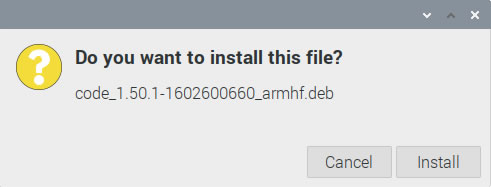
Click the Install button. You’ll be presented with another dialog box, this time asking for your user password, since it’s required when installing new applications:
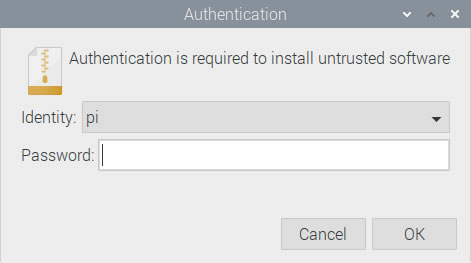
Enter the password you use to log into the Raspberry Pi into the Password field and click OK.
Visual Studio Code will be installed on your Pi. Once the process is done, you can launch it by clicking on the Start Menu (the raspberry icon in the upper left-hand corner)…
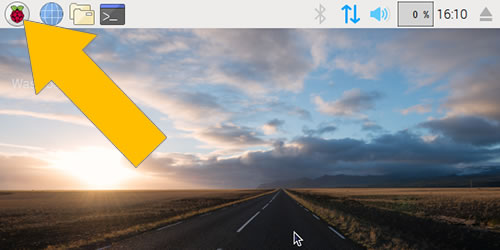
…and in the menu that appears, select the Programming menu. A sub-menu will appear, and one of the items will be Visual Studio Code. Click that and…
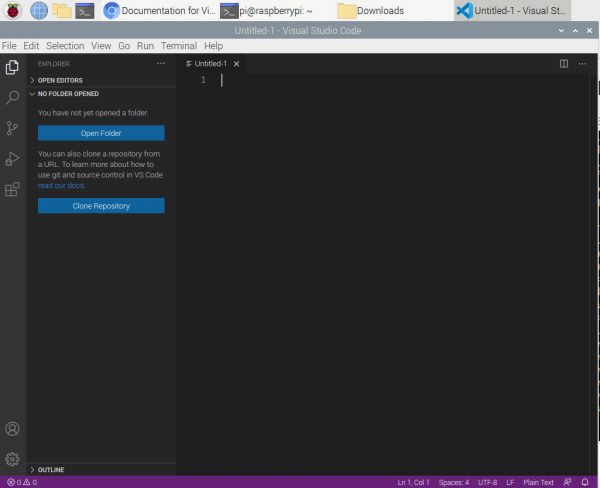
You’ll be in the Visual Studio Code that you know and love from Windows, macOS, and Linux! And yes, all the plugins that you’ve come to depend on will be available.
Go forth and code!


The Raspberry Pi 400 — a Raspberry Pi 4 board with 4GB RAM built into a compact keyboard — was announced just today, and the base unit (just the computer built into the compact keyboard) retails for $70!
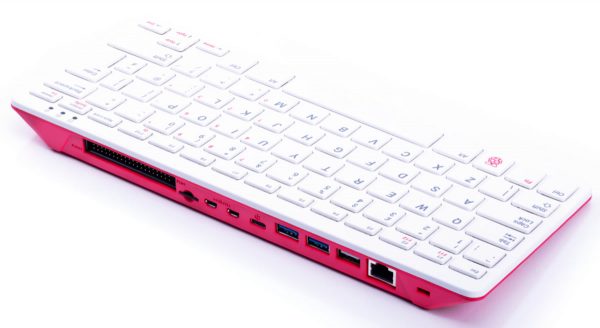
The Raspberry Pi 400 is a slightly updated model from last year’s Raspberry Pi 4, and has these specs:
| Feature | Notes |
| Processor | 1.8 GHz ARM Cortex-A72 CPU (A little faster than the Raspberry Pi 4’s 1.5 GHz CPU) |
| RAM | 4 GB |
| Networking |
|
| Video | 2 micro HDMI ports that can each drive 4K/60 Hz video |
| USB |
|
| Power | Provided via adapter and USB-C |
| Additional ports | 40-pin GPIO interface |
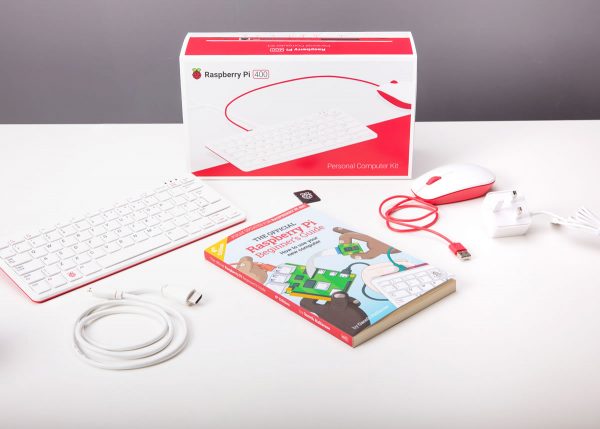
For an extra $30, you can get the kit, which is the complete “ready to go out of the box” package. It starts with the Raspberry Pi 400 computer-in-a-keyboard unit described above, and it adds:
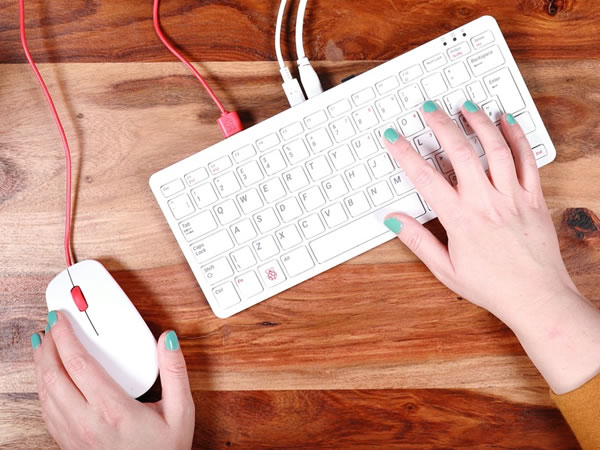
Let’s quickly take stock of what you get with just the Raspberry Pi 400, never mind the kit:
There hasn’t been a computer like this since the machines pictured below came out…
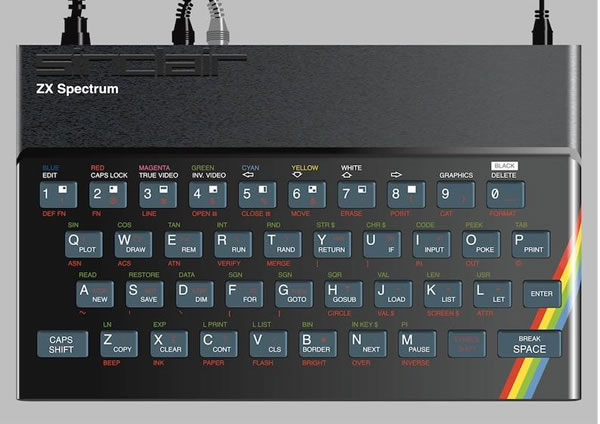
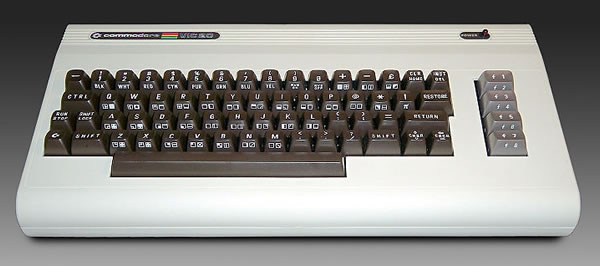
…and those machines couldn’t hold a candle to the proper desktops of that era.
On the other hand, you’ll find that the Raspberry Pi 400 can easily keep up with the sort of computer that gets issued for standard office work. You could easily use it to do schoolwork or office work, and it’s actually a decent Linux software development machine and retro-style gaming console, too! And with its expansion capabilities, it’s an excellent machine for IoT and sensor projects.
This is the sort of machine that children of the 1980s and early 1990s learned on, many of whom are today’s techies…
…and this machine will probably be the machine that a lot of children of the 2020s will cut their programming teeth on, and who’ll be the techies of the 2040s and 2050s.
Given a choice between a Chromebook and a Raspberry Pi 400, I’d take the Pi, because I can do a lot more with it. In fact, I might be able to do a lot of my new job with it (which is something I might try soon, just to see what happens).
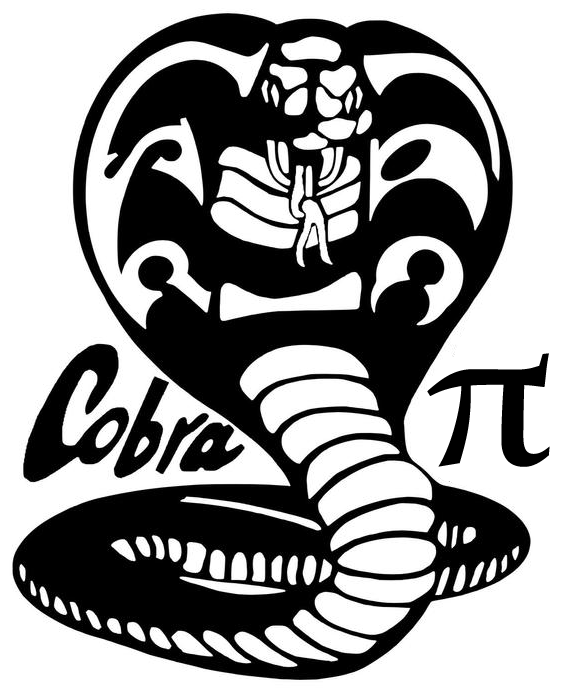
By the bye, keep an eye on this blog for a new feature: Cobra Pi, which covers programming on the Raspberry Pi, and whose motto is: “Code hard! Fail fast! No latency!”
It’ll cover all sorts of cool programming tips, tricks, and techniques on the Raspberry Pi, including JavaScript, Python, and even C and ARM assembly language!
 If you’ve wanted to learn programming and web development through Suncoast Developer Guild’s excellent bootcamp, but couldn’t take 12 weeks off work to do so, they’re launching a new program that might work for you. It’s called Night Shift, and it’s their bootcamp program, but as a part-time after-hours course that you can take while keeping your day job!
If you’ve wanted to learn programming and web development through Suncoast Developer Guild’s excellent bootcamp, but couldn’t take 12 weeks off work to do so, they’re launching a new program that might work for you. It’s called Night Shift, and it’s their bootcamp program, but as a part-time after-hours course that you can take while keeping your day job!
Suncoast Developer Guild’s 12-week, full-time immersive coding bootcamp is an excellent program. I know the folks at SDG. I’ve done guest presentations at their classes. I’ve met many of their students, and have even worked with their graduates (and yes, by and large, they’re good).
But not everyone can drop their job to devote 12 full-time weeks to a course and cover the costs of tuition. Night Shift allows you to keep a full-time job and still learn take part in SDG’s well-regarded course by stretching the course over 36 weeks, with online lectures on Tuesday and Thursday evenings, and lab work in your spare time.
Think of it as more than just learning while still being able to cover the rent or mortgage. Think of it treating your day job as an angel investor in your new software development career.
I can tell you that having programming skills — especially in combination with other talents — is valuable. They can future-proof your work, open opportunities unavailable to many people, and help you weather seismic job market shifts like the ones COVID-19 is bringing about.
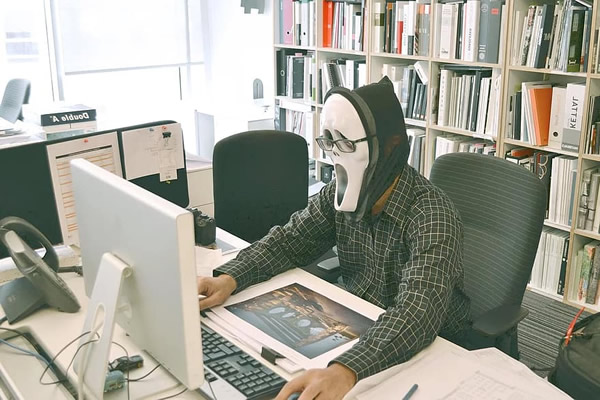
And now, the warning. In addition to devoting time to participating the Tuesday and Thursday evening lectures, you should expect to devote a couple of hours on most nights to your lab work. If you’re new to programming, you’re not only going to learn a lot of new concepts; you’ll also have to apply them in order to make working software. You’re also going to have to be creative, because you’ll have to come up with an idea for your end-of-course capstone project.
Simply put: Your spare time will vanish. You will work on a code editor and do Google searches for hours, and you will see them in your dreams. You will spend inordinate amounts of time trying to figure out higher-order functions, wondering why there are so many ways to create objects and functions in JavaScript, trying to understand the difference between == and === and experiencing all the other joys of working with a programming language whose original version had to be cobbled together in 10 days.
On the bright side, if you have a Netflix or videogame addiction, Night Shift is an effective (and productive!) way of quitting those “cold turkey”.
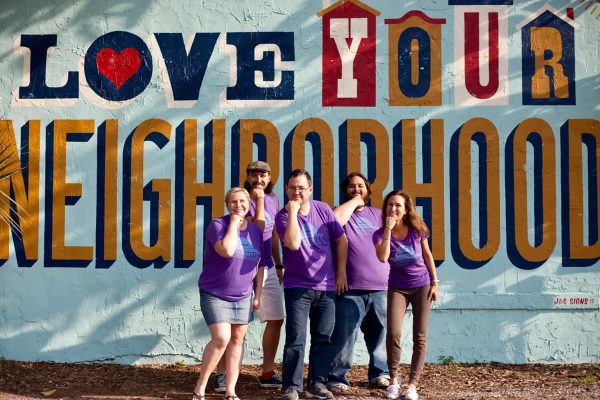
The folks at Suncoast Developers Guild aren’t just capitalizing on our software-driven economy to run a coding school. They’re key players in and supporters of the Tampa Bay tech scene. They support their students beyond just the coursework. If you think you can handle both your job and night classes (and a lot of time on your computer),Night Shift might be your first step into the world of software development.
Find out more in Suncoast Developer Guild’s press release for Night Shift.
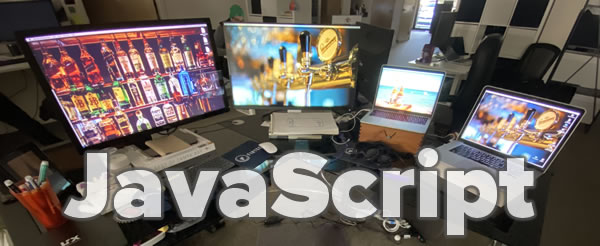
If…
…you’re in luck! There are a couple of good books on JavaScript whose contents are available to read online, free of charge!
The first of these books is Eloquent JavaScript, Third Edition, written by Marijn Haverbeke and published by No Starch Press. It’s not just an introduction to JavaScript, but an introduction to programming in general. It’s beginner-friendly, which is one of the reasons why it’s the main book for the first part of the JavaScript/React course that I’m teaching.
You can Eloquent JavaScript, Third Edition online here.
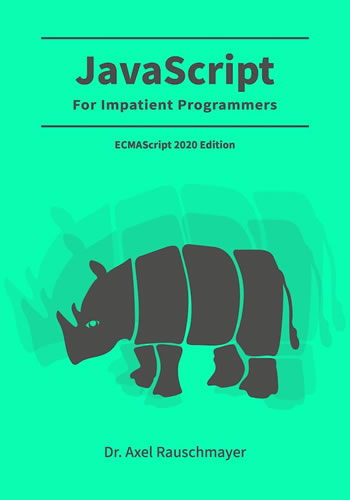 The second book is JavaScript for Impatient Programmers, ECMAScript 2020 edition, written by Dr. Alex Rauschmeyer. Its coverage of JavaScript is more complete, but it’s a little less beginner-friendly, which is why it’s the backup book for my course. I’m going to incorporate some of its content into the course, and point students to the online edition if they’d like some additional reading material.
The second book is JavaScript for Impatient Programmers, ECMAScript 2020 edition, written by Dr. Alex Rauschmeyer. Its coverage of JavaScript is more complete, but it’s a little less beginner-friendly, which is why it’s the backup book for my course. I’m going to incorporate some of its content into the course, and point students to the online edition if they’d like some additional reading material.
You can read JavaScript for Impatient Programmers, ECMAScript 2020 edition online here.
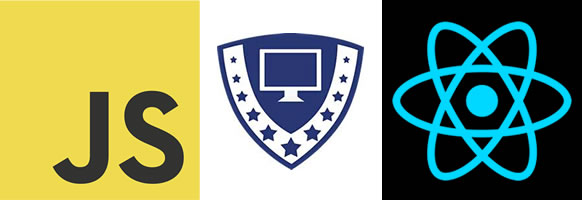
The folks at Computer Coach Training Center must like my work, because they have me teaching another course — a 12-week, 3-times-a-week, 4-hours-per-session Intro to JavaScript and React programming!
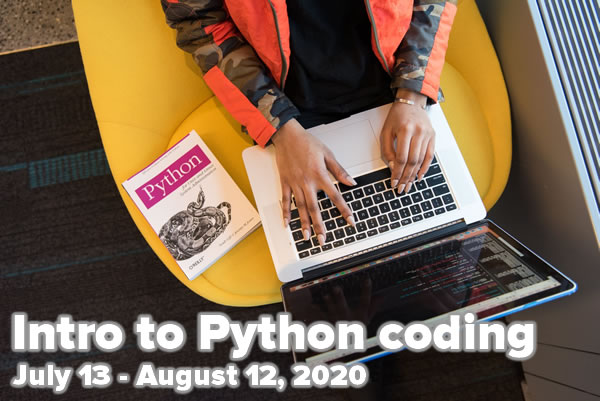
I taught the Intro to Python Coding course on Computer Coach’s behalf in July and August. That one took place twice a week over 6 weeks, with each session lasting 4 hours.
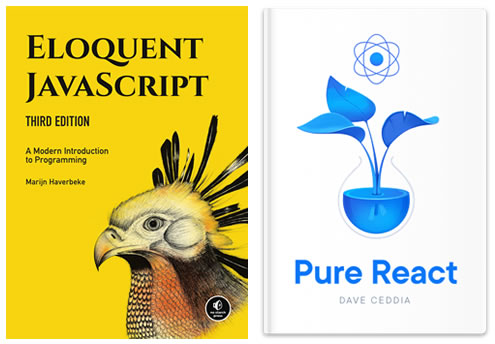
The Intro to JavaScript and React Programming course starts next Tuesday evening, and happens Tuesday and Thursday evenings and Saturday mornings for 12 weeks.
The first six weeks of the course will be dedicated to gaining a solid understanding of JavaScript programming. During that part of the course, the text will be Eloquent JavaScript, Third Edition, which remains one of the most-recommended books for beginners. I’ll use it as a basis, but also add some additional material and cover changes in the 2019 and 2020 versions of JavaScript.
The second six weeks of the course will be all about React.js — and nothing but React. Yes, people use React in combination with all sorts of other technologies, but in order to get a solid grounding in React, it’s helpful to start by working purely in React. Hence Pure React, May 2020 Edition (which includes the newly-introduced feature of hooks) is the text for this section of the course.

If you’ve ever been in any of my Tampa iOS Meetup sessions, you’ve seen my teaching technique — you’re not passively watching slides, but coding along with me, and even experimenting, just to see what happens. That’s I what I did with the Python class, and it’s what I’m going to do with the JavaScript/React class — enter code, see what happens, and gain experience along the way. It’s learning by doing.
If this course interests you, it starts next Tuesday, and you can sign up by contacting Computer Coach.